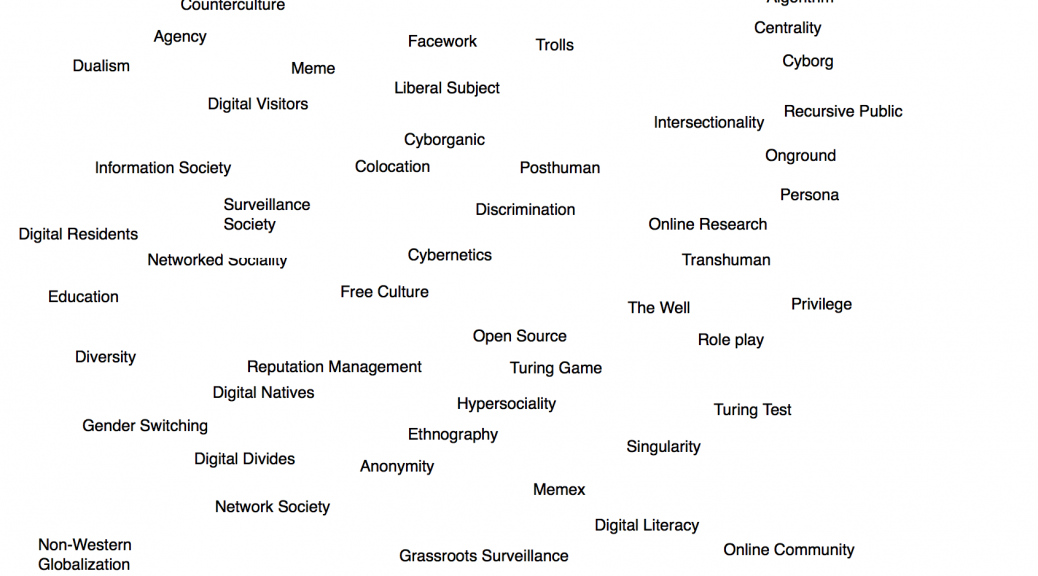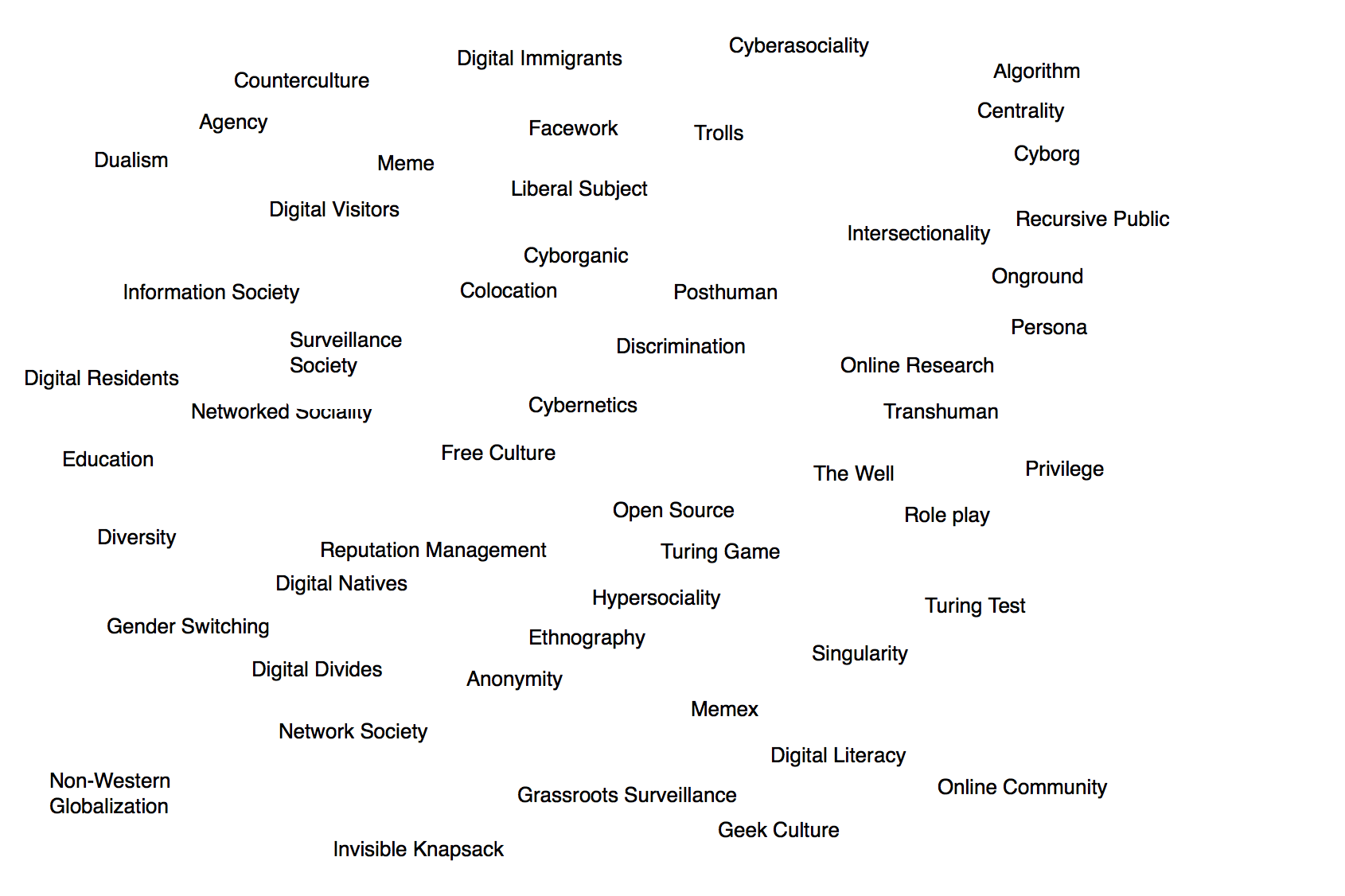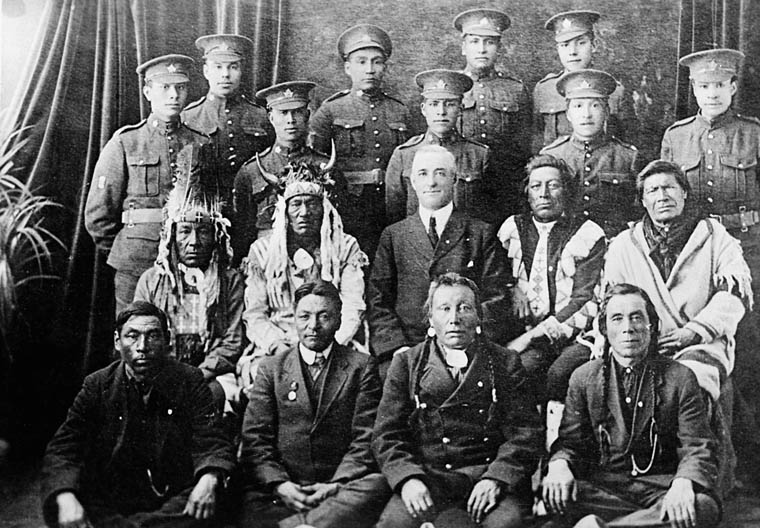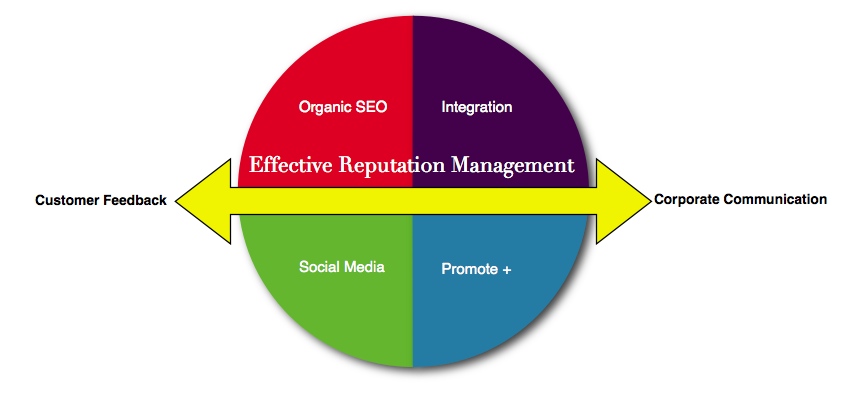It’s something of a pattern in your life as a teacher, though not one with high frequency. Once a semester, maybe? Hard to tell. Though it’s a striking occurrence, the overall emotional impact is stronger than the situation’s specifics. You remember some of the most recent cases and you think a lot about them when they happen. But it’s not something constantly on your mind. It’s parallel to your core experience as a teacher, not the main thing you do.
Though it happens on occasion, it’s not something you can accurately predict. It’s neither surprising nor predictable.
You’d get some frowns during class. That part is common enough and you’ve learnt to interpret these frowns as moments of puzzlement, which lead to learning. They’re directed at you, the teacher. “How dare you challenge what we know?” So far, a pretty common case. Happens every week, probably. In William Perry’s classic description, you might guess this marks the transition from one position to another. The usual stuff of teaching.
But then, there’s this one student whose frowns become more insistent. Often a young woman (but you mostly teach young women anyway). Chances are that she comes from outside your field and took your class for quite specific a reason. Not the all-too-typical “trying to get an A in this class”. It’s not about raising a GPA. But she could be saying “I’m an A student” (to which you reply “well, you’re A student”). Or maybe it’s a completely different situation, having little to do with grades or signs of academic success. This dimension isn’t a necessary part of the pattern. Especially since the sample size is so small.
As her frowns get more frequent, other reactions might come up. Including vocal ones, possibly in a confrontational tone, demanding straight answers to what appears to her to be straight questions. Frowns have escalated into frustration. Your empathy might make you feel this student’s pain, but these comments aren’t a problem. They express something important.
What may be worrisome, to you, based on experience, is when this student tries to get others on “her side”. If she succeeds, it can be toxic for the classroom dynamic. But it can also be part of the peer-learning process.
Then, one day, you receive an email. A strongly worded email. Maybe the student is making demands. Maybe she’s more conciliatory. Those things vary quite a bit. But, still from experience, you recognise this email as a step in an important process. Your temptation might be to reply on the spot but you realise that a realtime interaction is more appropriate and you try to make an appointment with this student. Best possible use of your office hours.
If there’s a bit of time elapsing between receiving this email and getting the student’s visit, you might feel a bit of tension during classroom interactions, though you’re quite confident that something good will come out of all this. Of course, the tension was already there, what with all those frowns. But now things could be getting trickier. Or not. With experience, you’ve learnt to take these situations for what they are. Learning experiences.
By the time this learner comes to see you in your office, you have a fairly good grasp of how her semester has been going. But you still need more insight into the situation, so you start by asking a broad question.
And something clicks.
At this point, it’s clear to both people involved that you’re trying to help and the learner’s ready to learn. Even if you might be a tad bit defensive about some of the comments made, it’s quickly shifting into a teaching moment.
In some cases, it could also be an informal advising session. At other times, it might be closer to a discussion of pedagogical principles. But it’s clearly not anything like a griping session, though the frowns might continue throughout the whole interaction.
There’s a phase in which you learn the specifics of this particular learner’s case. Sometimes it might be quite personal, including family background, cultural identity (you teach in quite diverse a context), or “hopes and dreams”. Sometimes it’s restricted to the learner’s academic projects. But you come to understand this one pattern, this one thing which can help this one learner find the key to unlock her learning experience. Even if it plucks at your empathetic strings, you get to focus on the learning experience.
Obviously, you take the time it takes. This is one reason it’d be strange to think of your teaching work as being paid by the hour. This might be the most valuable part of your work and the most rewarding. But you don’t get paid extra if you do it well and you don’t get paid less if you don’t do it. It’s the teaching equivalent of bedside manners and it probably requires experience more than pointed advice. You may write about this type of thing to help other teachers. You might use some examples from these experiences if you act as a pedagogical advisor. But there’s no guarantee that others can learn directly from your experiences.
It’s on a case-by-case basis.


















